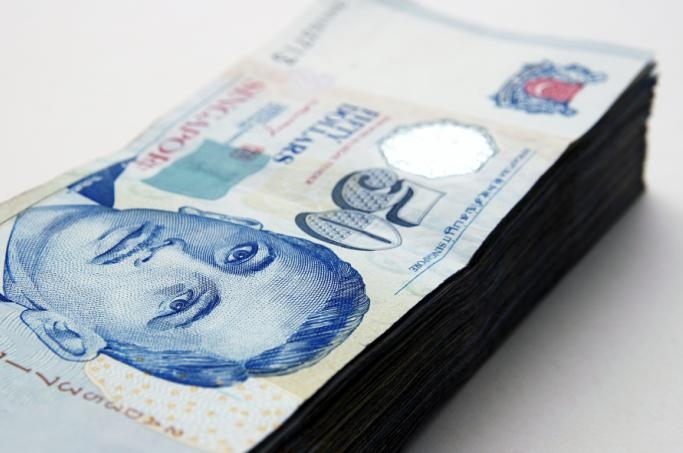
Currency Briefing - what you need to know for Mon April 2, 2012
The Singapore dollar strengthened against the greenback amidst positive Chinese manufacturing data.
IG Markets Singapore said:
The Singapore dollar has strengthened against the US dollar currently sitting at $1.2532. Risk sentiment seems to be back on the table with firmer Chinese manufacturing data helping improve spirits in Asia.
China’s official PMI figures came in better-than-expected yesterday and helped ease woes about its slowdown and the effect this will have on the region, along with the global economic recovery.
Sentiment was also improved by a eurozone meeting which progressed talks to implement a firewall to protect member nations from a messy debt default. This is helping to attract traders back into riskier assets like Asian currencies, fleeing the safe havens like the greenback.
In the longer-term, returning capital inflows and high inflation are likely to push up the value of the Singapore dollar this quarter. The Monetary Authority of Singapore (MAS) will be meeting later this month and is widely expected to continue its policy of Singapore dollar appreciation.
GFT meanwhile reported:
The first quarter of 2012 has officially drawn to a close. The New Zealand dollar was the best performing G20 currency this quarter, rising more than 5.5 percent against the greenback. The Japanese Yen performed the worst, falling more than 7 percent against the dollar.
Although traders have been enamored by the strong rally in USD/JPY, the first 3 months of the year was a painful one for the greenback. With the exception of the Japanese Yen which fell aggressively after the Bank of Japan increased monetary stimulus, the dollar lost value against every major currency. A large part of the sell-off occurred in January and February with the dollar reclaiming part of its losses in March.
Over the past week we have seen very little movement in the major currencies with the EUR/USD confined in a tight 120 pip range for most of the week. The compression in volatility reflects the underlying uncertainty in the market. Mixed U.S. economic reports and an underwhelming increase in the Eurozone’s financial firewall have left many investors wondering what lies ahead for the global economy.
There is plenty of evidence of slower growth in the U.S., China and Eurozone but the prospect of continued stimulus from central banks has kept yields low and the stock market supported. We can provide a number of arguments for why the European sovereign debt crisis is alive and kicking and why the bailout fund is insufficient, but at the end of the day, Spanish and Italian bond yields have fallen off their highs, reflecting less concern about contagion.
Not only is there little consistency in the recent performance of the U.S. economy but there is also no consistency in the demand for dollars. According to the CFTC’s latest report on non-commercial positioning, speculators are long USD against the EUR, JPY, CHF, and GBP but short USD against the AUD, CAD and NZD.
























 Advertise
Advertise






